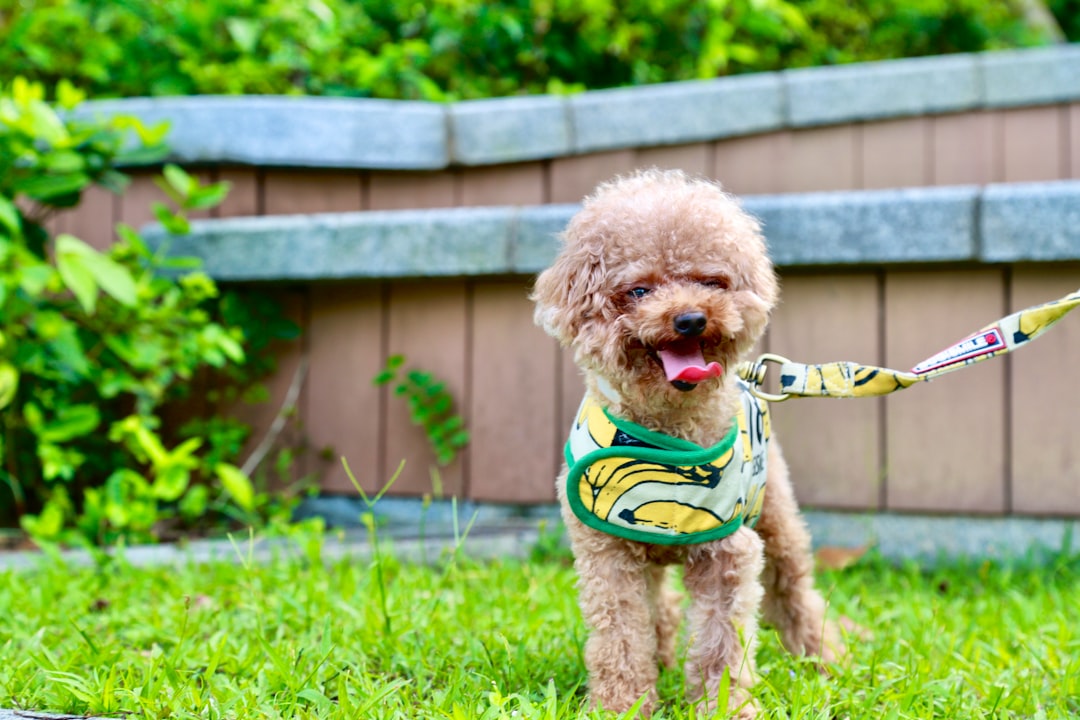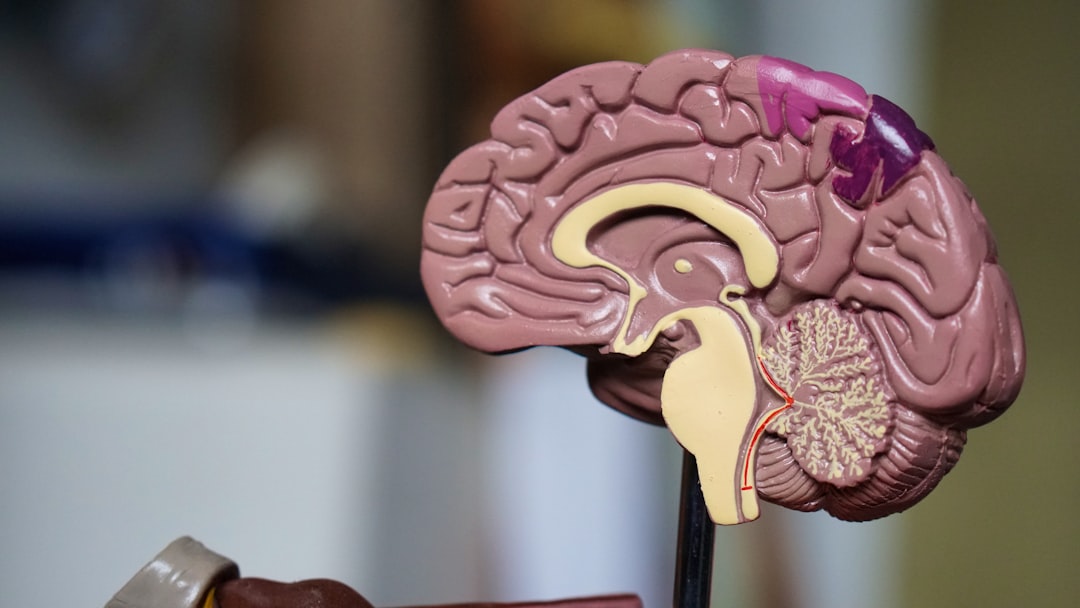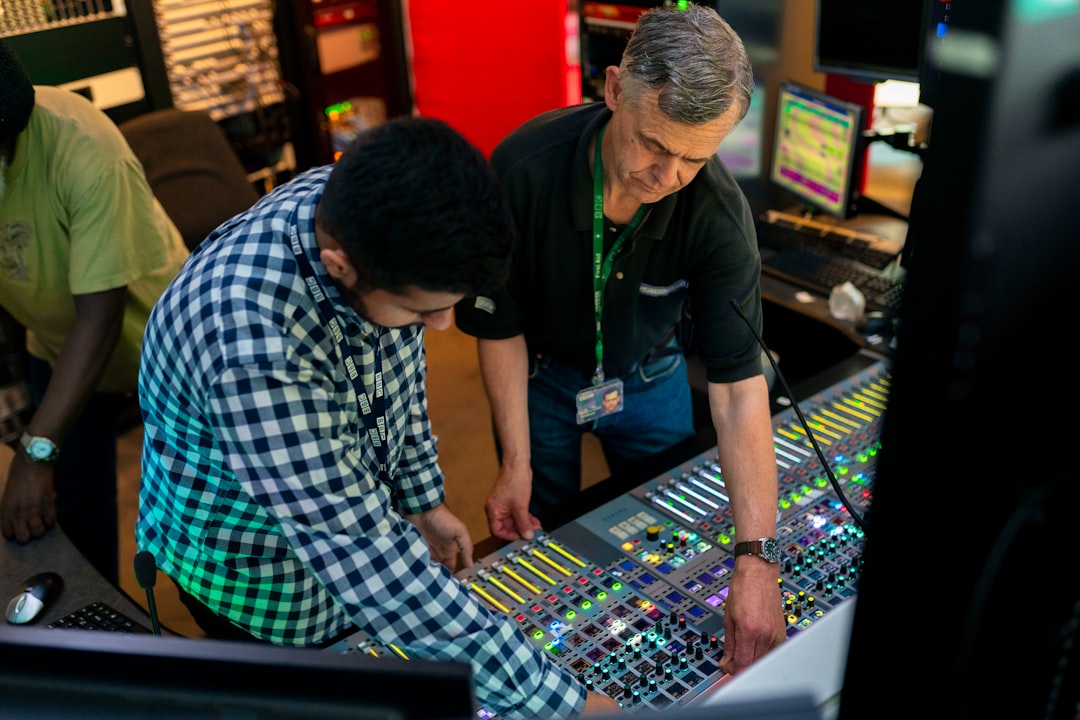
Commercial and community expansion in South Sumatra have severely reduced the province’s biodiversity and degraded essential ecosystems. This weakened ecosystem, coupled with the impacts of climate change, such as changes in weather patterns, makes
the province prone to natural disasters like floods and wildfires. Spatial planning and monitoring tools can help to better manage the diverse landscape of South Sumatra and the interactions among its users. These tools encourage the use of maps in cross-sectoral collaborations to locate, design and monitor conservation and land use activities within the landscape. They also help stakeholders to balance the social,economic, and environmental demands.
However, prior to KELOLA Sendang (KS) involvement, stakeholders lacked access to and the capacity to use such tools in an efficient
and inclusive way that responded accurately to local conditions and needs. By aiding stakeholders to create, enhance, and effectively use spatial planning and monitoring tools, KS aimed to increase the province’s technical capacity for using the tools to prioritize greener economic growth. This will result in more informed land allocation with greater attention paid to conservation areas, including protected areas and those existing area in concessions such those set aside as High Carbon Stock (HCS) and High Conservation Value (HCV) thereby reducing natural habitat fragmentation and protecting local endangered species.
In order to prioritise greener growth and make land-use planning more environmentally conscious, inclusive, and responsive, there needs to be buy-in from various stakeholders within the landscape. This is greatly facilitated by KS being a sustainable landscape management project supporting the governments, the private sector, and local communities to work together. The steps taken to improve South
Sumatra’s spatial planning and landscape monitoring tool can therefore provide a working model of how the public, private sector, and communities can collaborate to achieve improved economic, environmental, and social outcomes to encourage integrated landscape management in South Sumatra.
This brief looks at three spatial planning and monitoring tools implemented by KS – 1) Spatial Planning Information System (SITARUNG); 2) Community Based Monitoring and Information Systems (CBMIS); 3) Spatial Monitoring and Reporting Tool (SMART) – and details how the tools can support the collection of integrated landscape data and information that can improve conservation efforts in South Sumatra.



